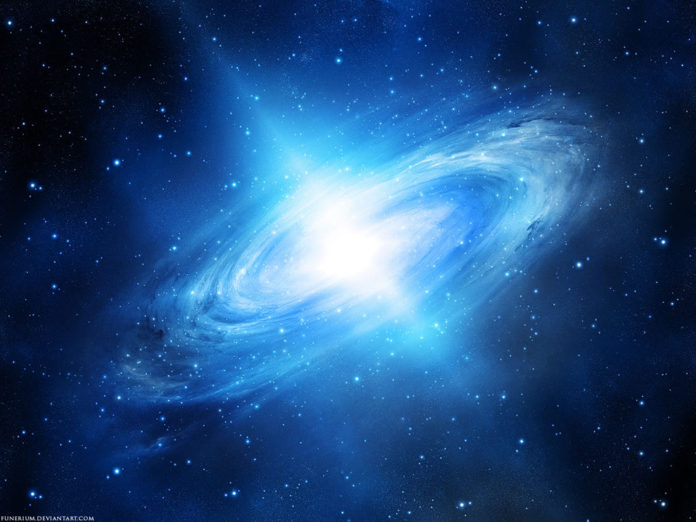It’s an exciting time for science in general, but perhaps even more exciting for Dr. Preeti Kharb and Dr. Dharam Vir Lal from NCRA-TIFR, Pune, and David Merritt from the Rochester Institute of Technology, USA, as they discover the closest ever binary supermassive black hole system in a faraway galaxy called NGC 7674. The galaxy itself is located around 400 million light years from Earth, but the actual separation of the two black holes is said to be less than one light year. This beats its predecessor by around 23 light years!

The reason why this discovery is such a major breakthrough is that its direct proof of how close these supermassive black hole binary systems are within galaxies and could be potential sources of gravitational waves. These binary black hole systems are very fascinating, even more so than black holes themselves. They’re roughly about ten times the mass of the Sun on average, and their existence was confirmed recently in 2015 by the detection of gravitational waves by the LIGO telescope.
In the center of most galaxies you’ll find a single supermassive black hole, and because nearby galaxies have been known to merge, it would be possible for gravitationally bound black hole pairs to form. Eventually, these black holes would combine, and a binary system would form as a result. The system that was discovered in the middle of NGC 7674 was detected using very long baseline interferometry (VLBI). This technique uses separate radio telescopes from all around the world to combine efforts and get a much better result.
Two compact sources of radio emission were found in the middle of NGC 7674 using these techniques. “The two radio sources have properties that are known to be associated with massive black holes that are accreting gas, implying the presence of two black holes,” said Kharb. “The combined mass of the two black holes is roughly forty million times the mass of the Sun.”
More News to Read
- Are Enzymes the Answer to Curing Diseases Such as Cancer and Diabetes?
- NASA’s First 3D Printed Rocket Part is Ready for Testing
- New Breakthrough, Now Cells Can Be Programmed to Fight Disease
- Researchers Discover Bacteria Can Damper the Effects of Chemotherapy
- Physicists Decipher Magnetic Ordering in New MultiFerroic Material

